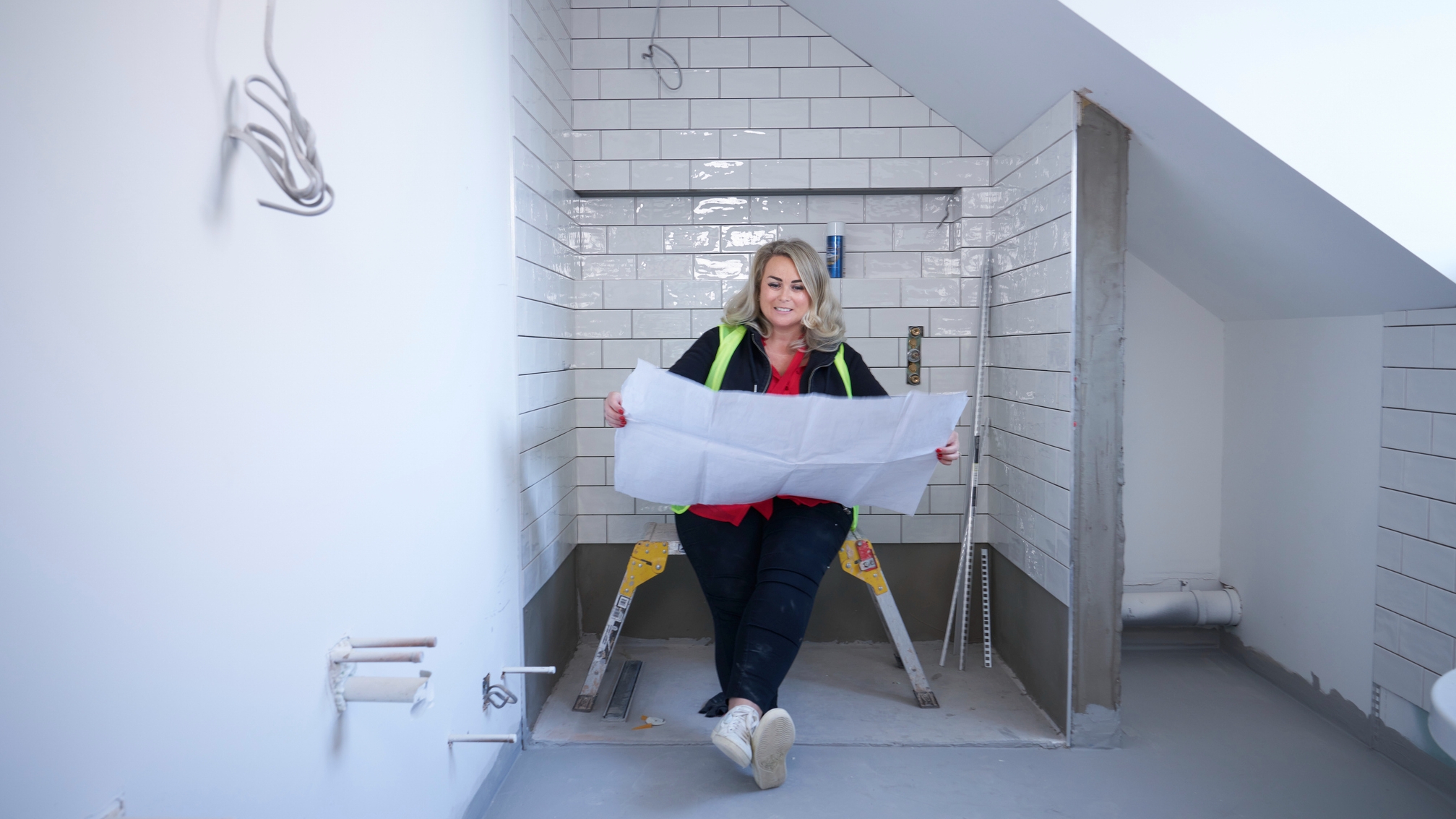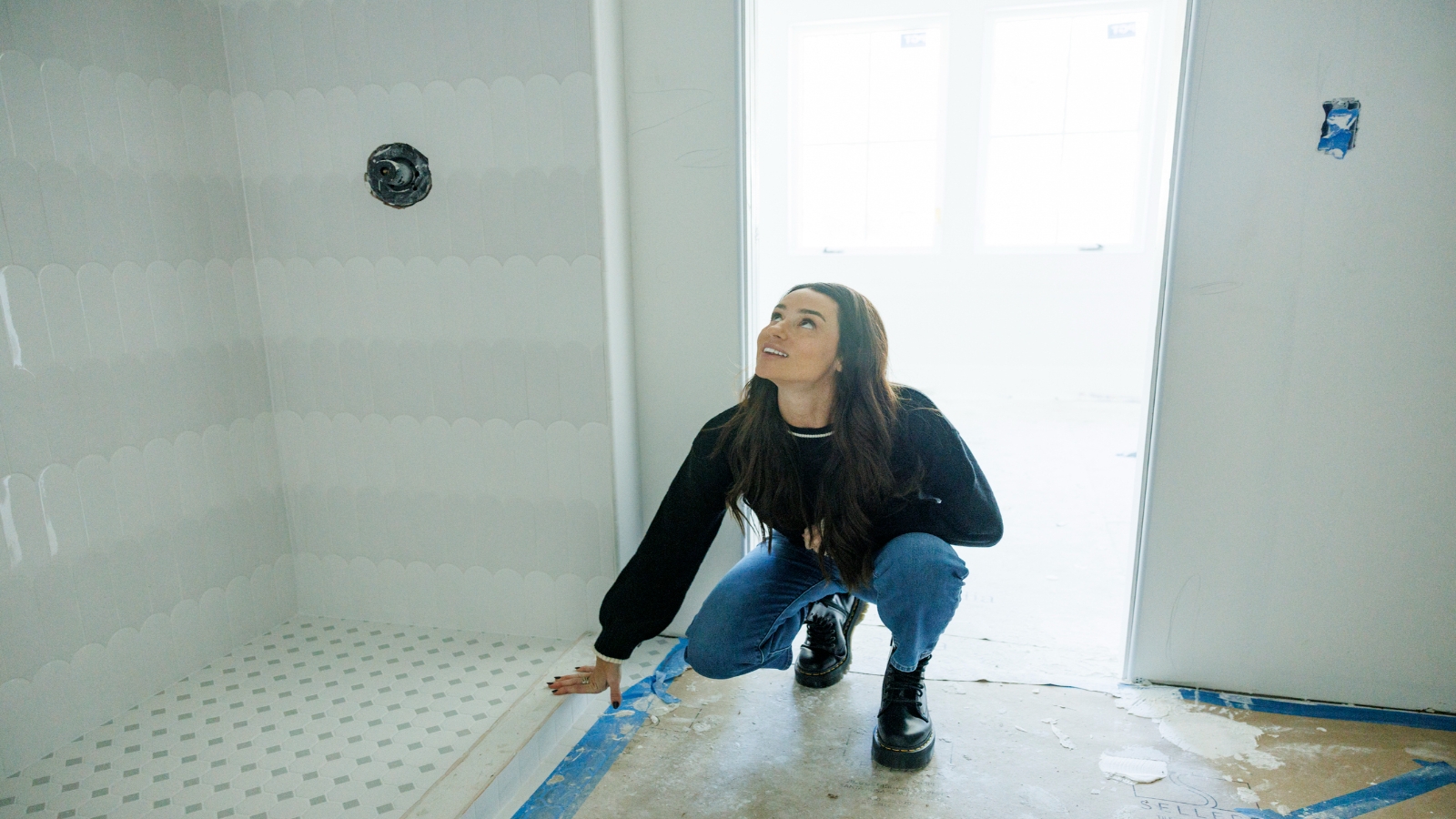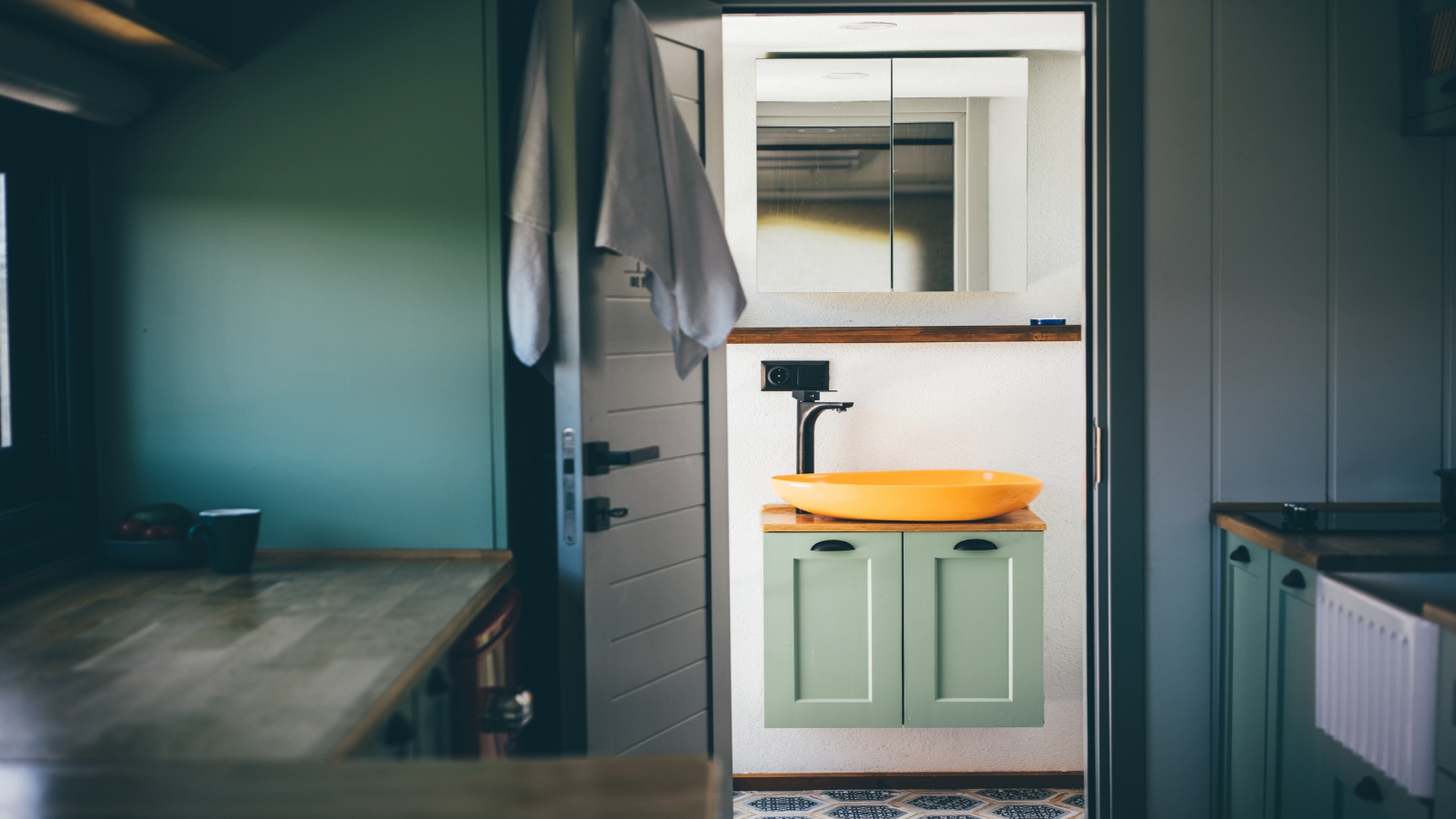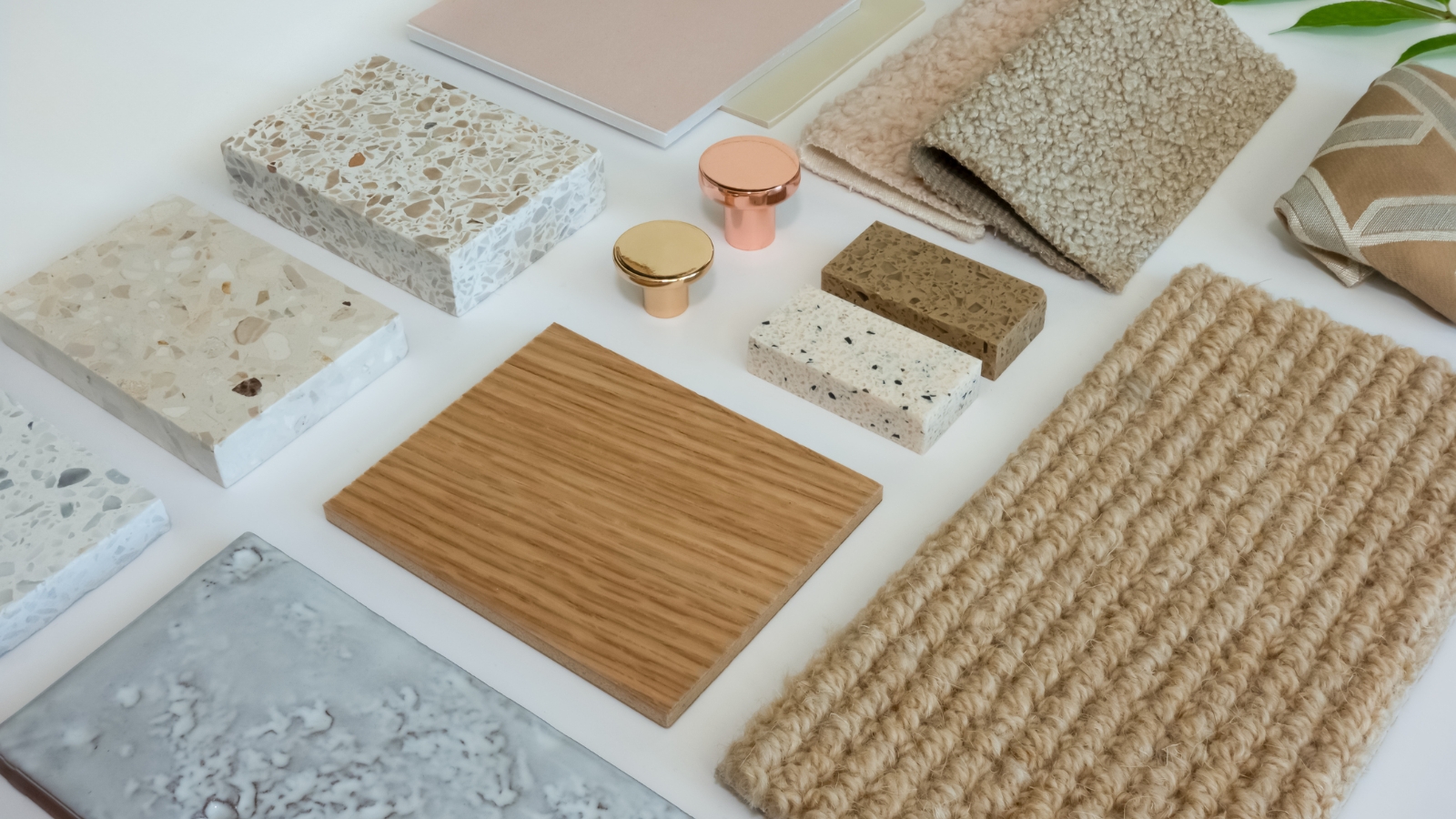Buying guide
Bathroom renovations guide: Cost, tips, and inspo
How to take your loo from poo-poo to woohoo

Renovating isn’t easy. It’ll most likely cost more than you expect, take longer than you plan for, and cause more stress than you’d hope - but when you’re done the difference could be incredible.
To help you reduce the stress and start planning, we’ve put together a comprehensive guide to bathroom renovations in NZ.
What’s your reason why?
Before you look at a single pinterest post, have a think about why you’re renovating. Your reason why will dictate the type of changes you make, your budget, and perhaps elements of the design. For example:
Renovating to sell: you’ll want maximum improvement for minimum cost. You may also need to consider potential buyers when making design choices - for example, if you’re in a wealthy area with an older demographic, a luxurious, classic bathroom design may be your best bet. If you’re in a first home buyer’s area, something affordable and modern may do the trick.
Renovating to rent: maximum improvement for minimum cost will be the priority again. You may also want to make changes that reduce wear and tear, like installing shower domes, hard wearing surfaces, and powerful extractor fans.
Renovating for you: when renovating for you and your family, the main priority is that you enjoy your new space. Because the end goal is a bit more ambiguous it can be easy to let your budget get away from you, and make design choices more difficult. It may be a good idea to get help from an interior designer to help you figure it all out.
The moral of the story is, your reason for renovating needs to inform all your other decisions throughout the process. Keep that in mind and you’ll end up with a better bathroom.
What’s your budget?
Time to get down to brass taps. Your budget is one of the most important parts of your reno and will dictate or guide many of your choices. It’s important to set your budget early in the process so that your project doesn’t go down the wrong path before you’ve nailed down the numbers.
Usually there are a few stages to setting a budget. First, you’ll probably set an amount aside based on a guesstimate and what you’ve got available (or what the bank will give you). Then you’ll get quotes from suppliers, labourers, and/or a project manager to achieve your chosen design. If you're lucky these quotes will be less than the amount set aside, but if they’re not you’ll either need to make cuts, or increase your budget.
How long will it take?
Bathroom renos take longer than you might think. You might spend a month or two getting finance and council approval, then coming up with ideas. Then the build phase could take anywhere from 1 to 12 weeks, depending on the scale of the project, availability of materials, and how busy the tradies are in your area.
It’s always best to get a clear idea of timeframes early in the project, then account for another month or two for unforeseen delays. And if you’re on a tight timeline, avoid imported materials, custom fixtures, and work that requires council consent.
DIY is one of many ways to cut the cost of your bathroom renovation.
Budget - $26,000 to $36,000
You may not be able to make structural changes, or reposition the fixtures in your bathroom, but with this budget you can most likely afford a new vanity, mirror, shower, toilet, bath, large format, painting, and new accessories. This could completely transform your bathroom, and is good enough for most Kiwi homeowners.
Mid-range - $39,000 - $65,000
If you want to really transform your bathroom, making structural changes and repositioning showers, baths, toilets, vanities, and sinks - this is your budget range. With this budget you could tile most of your space, including feature tiles such as smaller format mosaics. You could have a walk-in shower, underfloor heating, new windows to bring in more light and other luxuries.
Premium bathroom - $65,000+
If you want the best of the best - imported tiles, custom vanities, double showers, and all the mod cons, this is the budget range you need to be in.
9 ways to save money on your bathroom renovation in NZ
1. Avoid making changes after work has started
Changing your design after the reno has started could cost you serious money and delay your timeline. It’s worth doing the design work upfront to make sure you’re happy before you get started.
2. Don’t move plumbing or electrical
Moving plumbing and/or electrical services, like your shower, toilet, bath or taps, can be costly and may require council consent. If you can, it’s always best to keep this stuff where it is to avoid extra cost.
3. Focus on cosmetic stuff
New tiles, new fixtures, and new paint can completely transform a bathroom. Sticking to purely cosmetic changes can have a big impact and it shouldn’t cost much.
4. Minimise tiling
Tilers in New Zealand can cost an absolute fortune. A single bathroom could cost thousands, and two bathrooms could top $10,000, depending on how much tiling you need and the type of tiles you choose. Using larger tiles, vinyl, and keeping tiling to your shower and floor could mean big savings.
5. DIY (or manage the project yourself)
The more you can do yourself, the more you’ll save. That said you need to know your limits and avoid biting off more than you can chew. Easy DIY jobs in the bathroom include demolition, painting, prep, and removing old fixtures. If you’re handy you might be able to do some tiling, but waterproofing, plumbing and electrical are best left to the pros.
If you’d rather not do the dirty work you could stick to managing the project yourself. Project managers typically charge 10% on top, so doing this could save you several thousand dollars.
6. Reuse fixtures
Your old bathtub might look brand new once it’s surrounded by fresh tiles, and your vanity might scrub up great after a quick sand and stain. It might take a little work but it could save you thousands per bathroom.
7. Go standard, not custom
Custom timber vanities can be an incredible feature in any bathroom, but they’re not cheap. Buying off the shelf could save you thousands of dollars.
8. Shop sales
It’s easier to buy all your bathroom fittings, fixtures, and materials from one supplier, but shopping sales and keeping an eye out for unused materials could equal big savings. You’ll need to be more organised and flexible to make this work, leaving at least six months to search second hand groups on Facebook Marketplace and wait for supplier sales to come up.
9. Keep 15% contingency (and keep it a secret)
No renovation goes 100% smoothly. There’s a good chance that something will happen that’ll push the cost up, and you’ll need to be prepared for that. Keeping a reserve fund of 15% of the total planned reno cost should do the trick - and be sure not to tell your contractors or project managers you have spare cash. If there’s a hard budget ceiling they’ll be more likely to stick to it (and if they know there's more money, there's a good chance they'll find a way to spend it).
Bathroom renovations are a big job, but the results are often worth it.
Self manage or hire a project manager?
There are two options when it comes to renovations - you can either manage the project yourself, or hire a contractor or bathroom renovation company to do it for you.
Hiring a project manager is obviously the easiest option. They’ve done it all before so they’ll know how long things will take, how much it will cost, and have relationships with labourers and suppliers. They can help with design, choosing materials, and fixtures, then source and organise all the trades so that they’re coming at the right time with a clear plan. For their trouble, they’ll take at least 10% of the total renovation cost.
Doing it yourself is a lot more work and can be stressful, so it’s usually only a better option if you’re experienced, have a tight budget, or your project is small. You’ll need to source your own materials and labourers, then get your own estimates, organise the work, and any fixes required.
The bathroom renovation process
2. Concept and feasibility - during this stage you’ll figure out the rough outlines of what you want to achieve and whether it’s possible or not. This is a great time to engage an interior designer or interior architect to help.
3. Drawings and design - at this stage you’ll need detailed drawings of the bathroom, and to start choosing fixtures and fittings.
4. Costing - once you’ve got the design down, it’s time to get quotes for everything required to fix the job from all the relevant trades. When you get a quote make sure it’s a fixed price quote, not an estimate, and ask about availability to make sure everyone fits with your timeline.
5. Surveying, inspections, & council consent - most small scale renos don’t require council consent, but if you’re waterproofing a new area, moving plumbing, or extending a structure you might need to. The cost will be a percentage of the renovation cost, and may require inspections and surveys.
6. Building - last but not least, the trades come and complete the project. This will start with demolition, then electrical & plumbing, then painting, waterproofing, tiling, installing of fixtures, and finishing (in roughly that order). If you’re project managing, you’ll need to line up all trades at the correct time and in the right order (which can be tricky if you’re inexperienced).
7. Inspection - once the reno’s done, it’s a good idea to inspect the results to make sure you’re happy. If you’re not, contact the responsible tradie as soon as possible to have the problem rectified.
8. Enjoy!
Author
Other articles you might like





